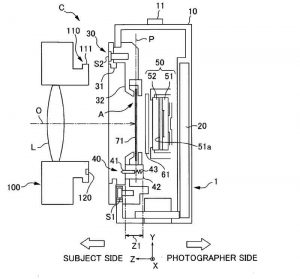Imaging a perfect camera, RED Helium 8K camera.

| SENSOR TYPE | HELIUM 35.4 Megapixel CMOS |
|---|---|
| EFFECTIVE PIXELS | 8192 x 4320 |
| SENSOR SIZE | 29.90 mm x 15.77 mm (Diagonal: 33.80 mm) |
| DYNAMIC RANGE | 16.5+ stops |
Imagine a perfect car, Lamborghini Huracan.

| Engine | 5,204 cc (5.204 L; 317.6 cu in) Odd firing 40 valves DOHC V10 | |
| Power@rpm | 640 PS (471 kW; 631 hp) @ 8,000 rpm | |
| Torque@rpm | 600 N⋅m (443 lb⋅ft) @ 6,500 rpm | |
| 0 to 100 km/h (62 mph) (sec) | 3.1 | |
| Top speed | >325 km/h (202 mph) | |
Now imaging you teleported the two together and something went terribly wrong.
You can find more about it on Huracam’s Instagram.

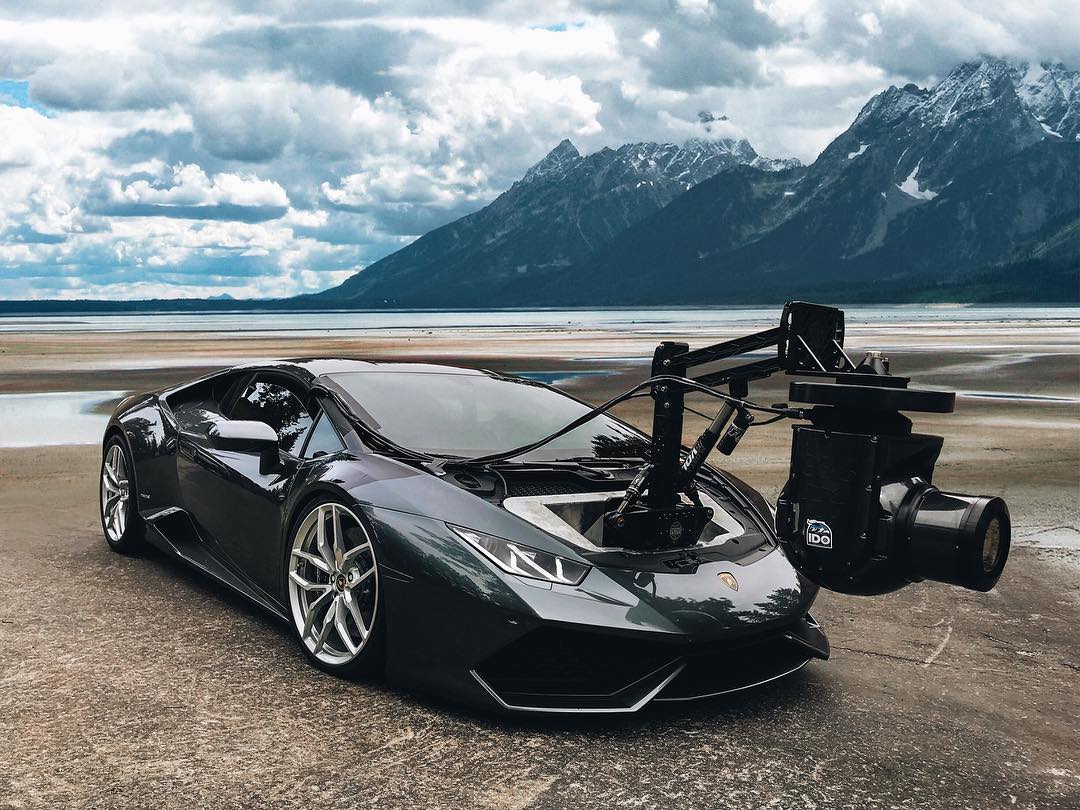
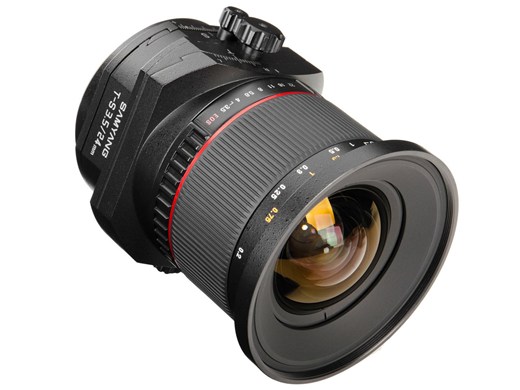

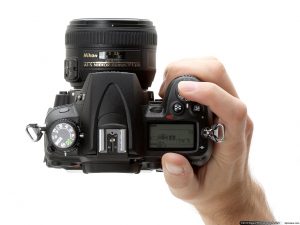 Before going on a trip, walk, or shoot, always check what your camera settings are. I can’t tell you how many times I would take a walk with my camera, see something interesting take a shot, and then realize that something is terribly wrong. That’s the time you wish you’ve checked your camera settings before you were leaving the house. The best way to ensure that this doesn’t happen is to always check your camera settings before you are planning to shoot. Usually it only takes a minute at most.
Before going on a trip, walk, or shoot, always check what your camera settings are. I can’t tell you how many times I would take a walk with my camera, see something interesting take a shot, and then realize that something is terribly wrong. That’s the time you wish you’ve checked your camera settings before you were leaving the house. The best way to ensure that this doesn’t happen is to always check your camera settings before you are planning to shoot. Usually it only takes a minute at most. The Daylight Savings Time is on, so don’t forget to change the clock in your camera. Keeping your camera clock accurate will help you later when you will be trying to find that special shot, or sync your trek with pictures, or, even more importantly, combine the images from two different cameras. Keep an eye on your clock when you travel, and don’t forget to change your clock when you get back. Some consumer cameras (like Panasonic Lumix DMC-FZ35K) even feature an option for your camera to automatically vary time zones based on the pre-selected travel dates.
The Daylight Savings Time is on, so don’t forget to change the clock in your camera. Keeping your camera clock accurate will help you later when you will be trying to find that special shot, or sync your trek with pictures, or, even more importantly, combine the images from two different cameras. Keep an eye on your clock when you travel, and don’t forget to change your clock when you get back. Some consumer cameras (like Panasonic Lumix DMC-FZ35K) even feature an option for your camera to automatically vary time zones based on the pre-selected travel dates.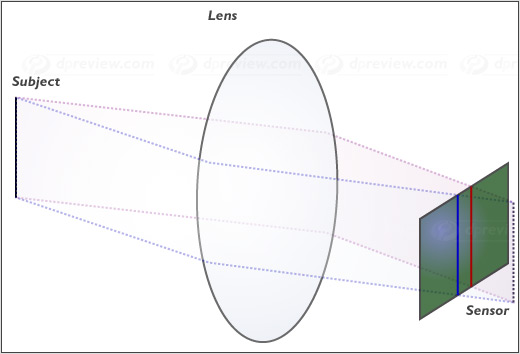

 It seams that Nikon is finally decided to join other camera manufacturers (Olympus, Panasonic, Samsung, and Sony) and is currently developing a new mirrorless sub-SLR camera. Back in 2008 Nikon filed a patent for a mirrorless digital camera with interchangeable lens (see picture below). Could it be that by 2012 Nikon will release its version of ultimate APS-C compact. Could it be able to utilize Nikon lenses from it’s bigger brothers? Could Nikon be able to supply it with a small series of compact sized lenses? Could they price it at less than $500 for a kit?
It seams that Nikon is finally decided to join other camera manufacturers (Olympus, Panasonic, Samsung, and Sony) and is currently developing a new mirrorless sub-SLR camera. Back in 2008 Nikon filed a patent for a mirrorless digital camera with interchangeable lens (see picture below). Could it be that by 2012 Nikon will release its version of ultimate APS-C compact. Could it be able to utilize Nikon lenses from it’s bigger brothers? Could Nikon be able to supply it with a small series of compact sized lenses? Could they price it at less than $500 for a kit?